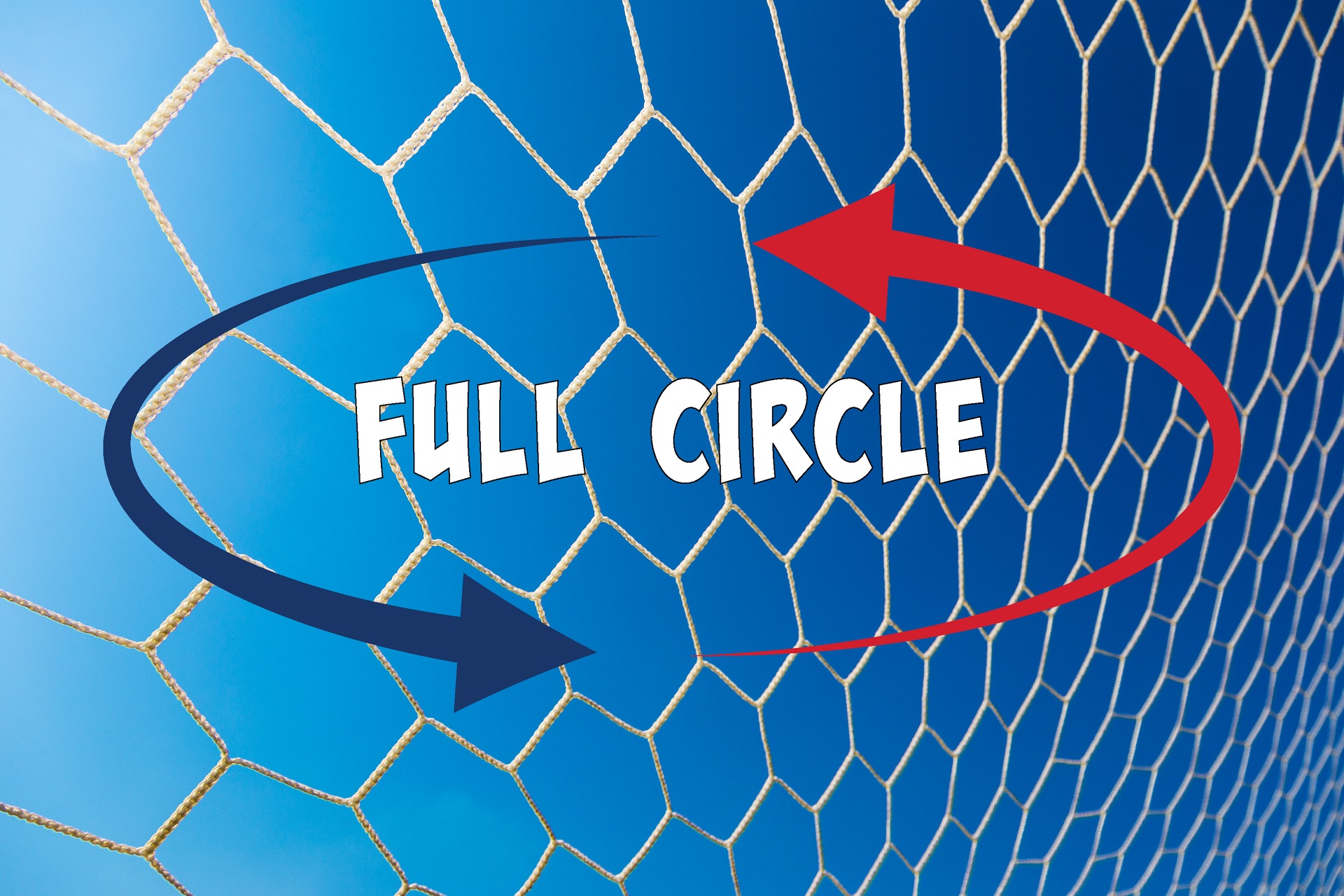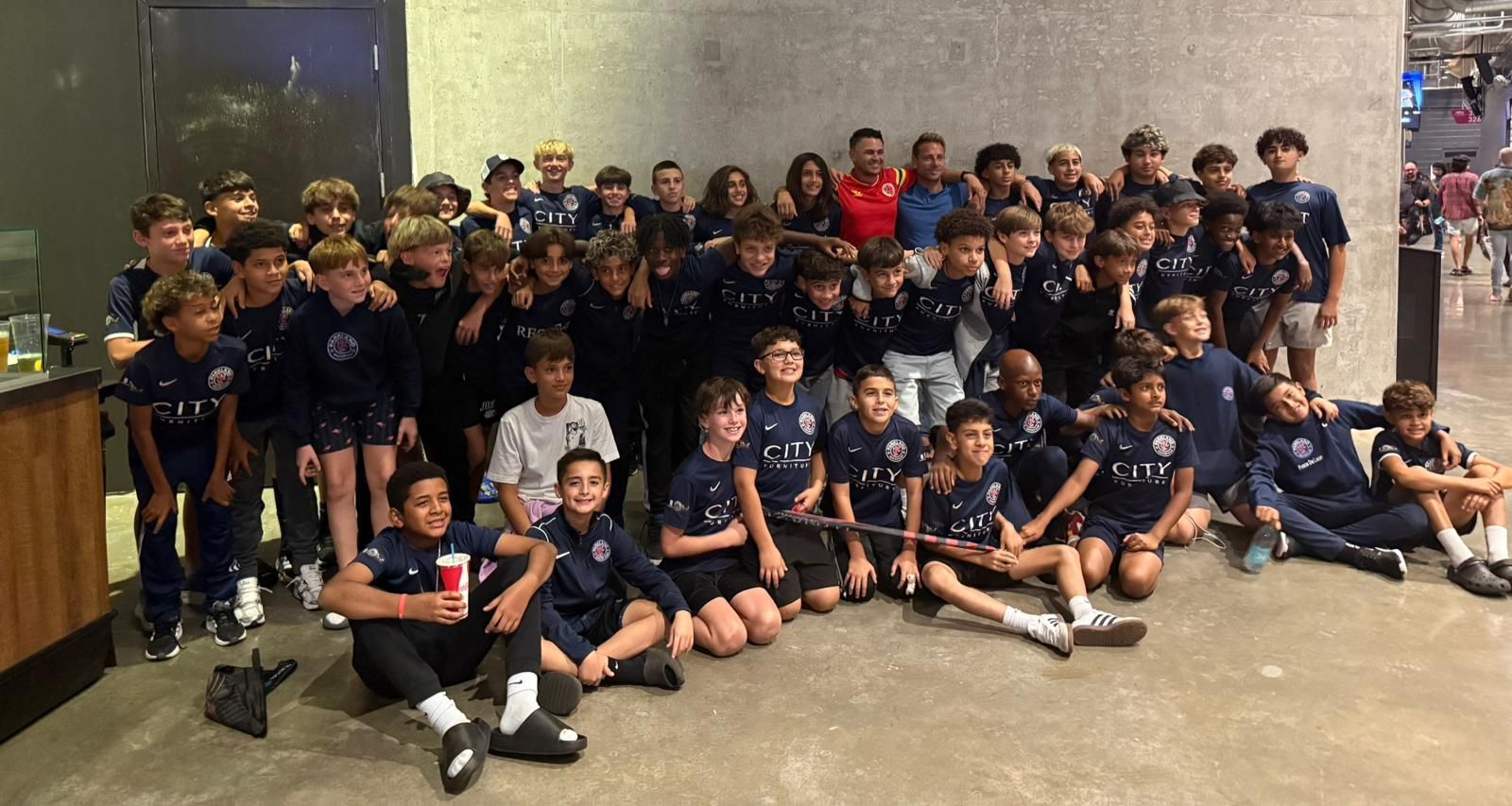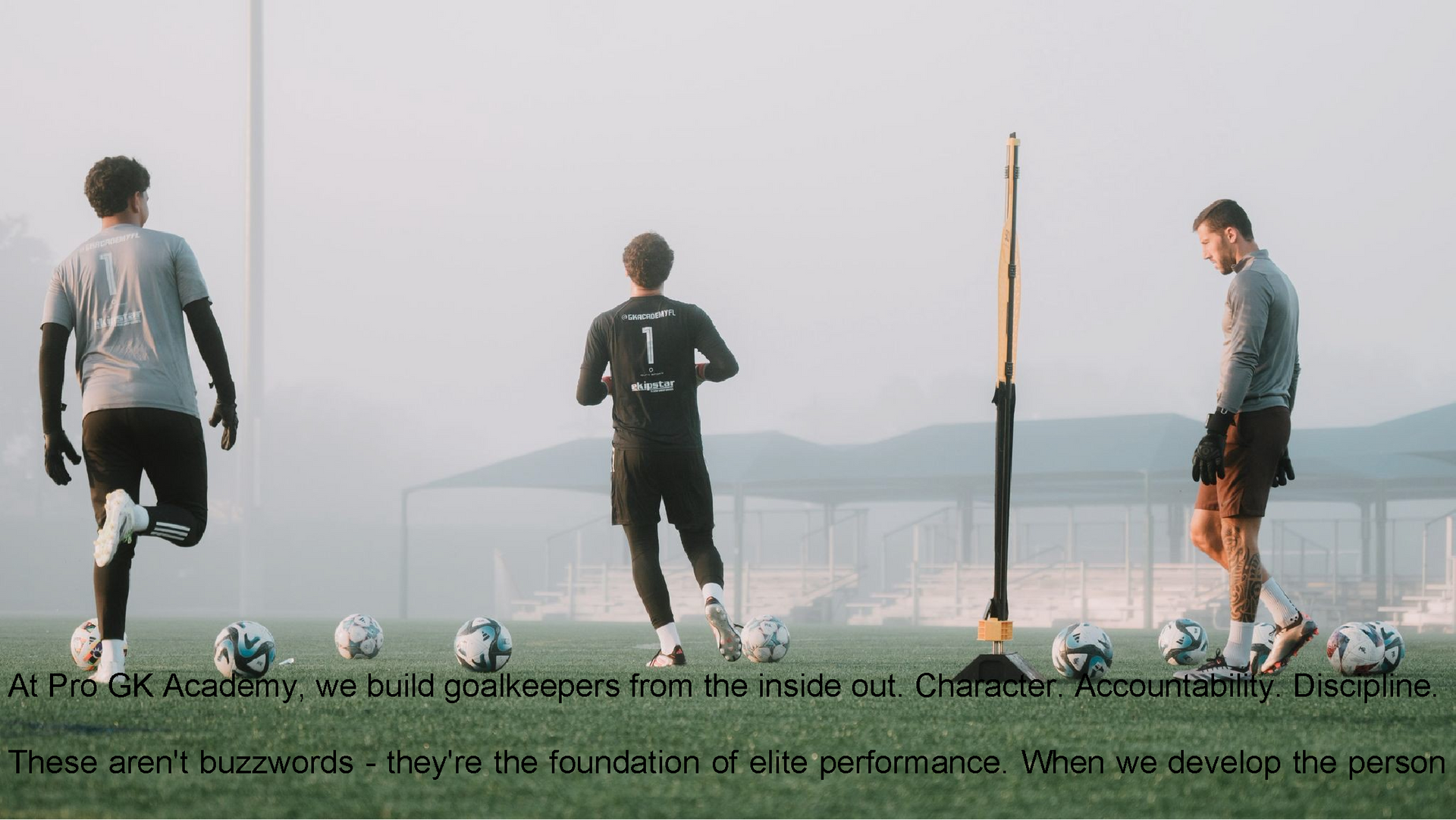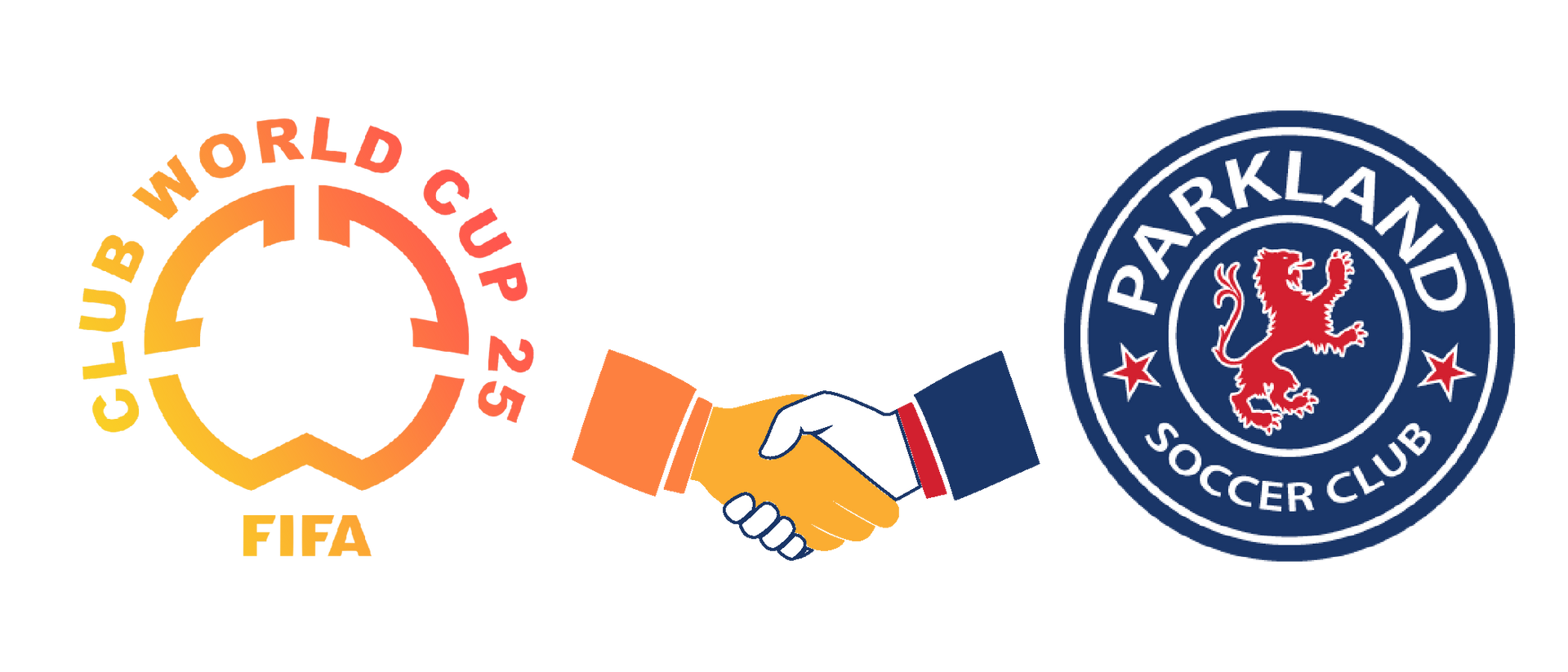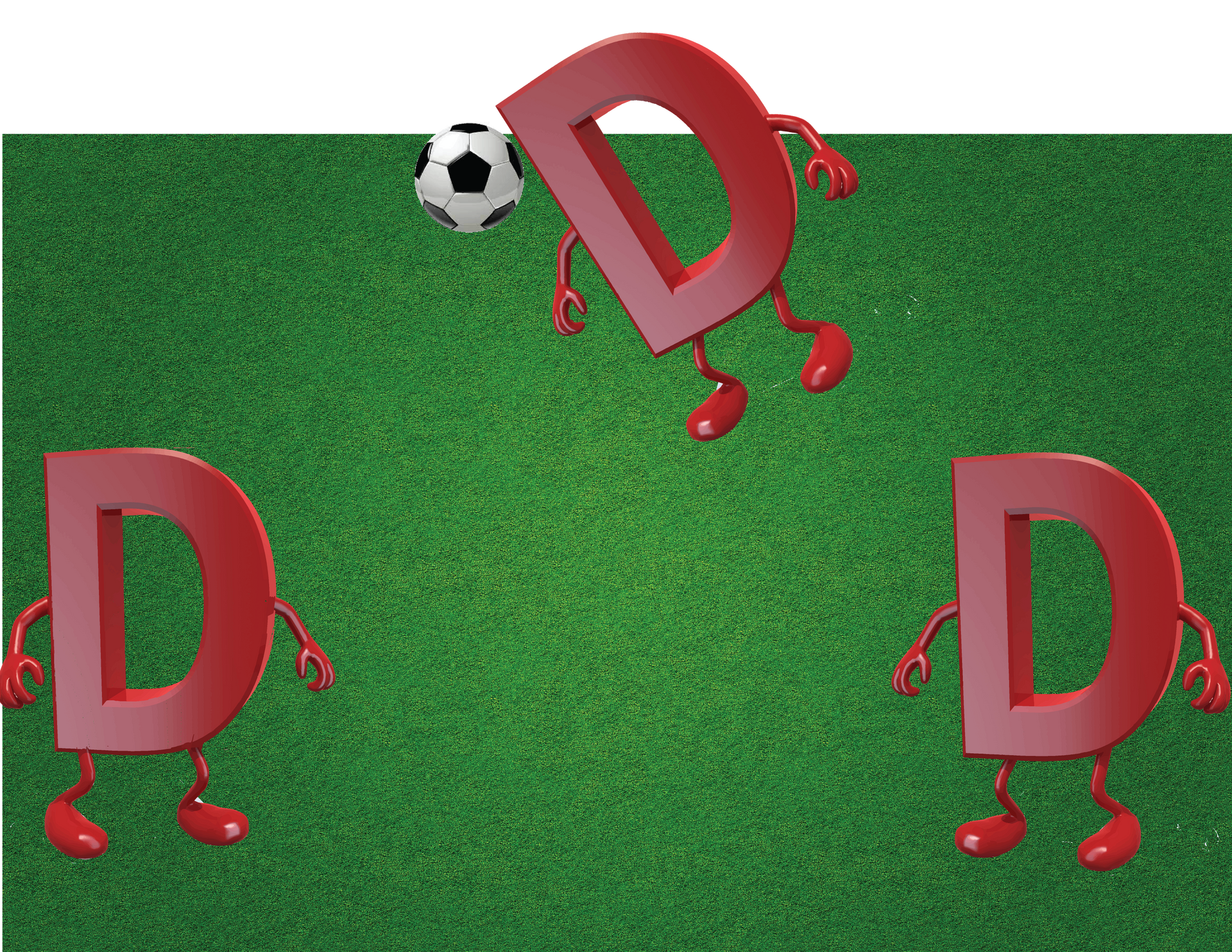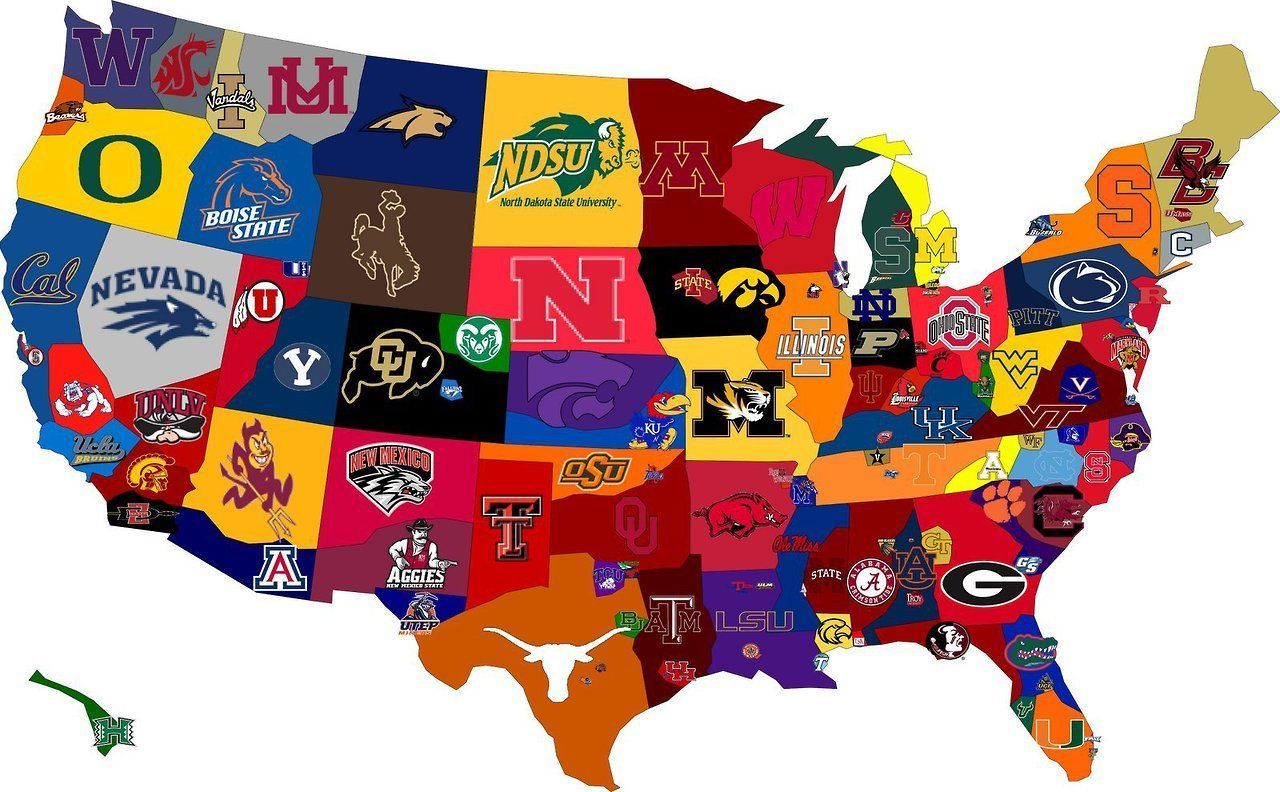Two Roads, One Game
Why European and American Youth Soccer Shape Players So Differently
by Coach Luca Lagana

By the time a 10-year-old in Italy is juggling a ball on a cracked sidewalk, a 10-year-old in Florida might be packing cleats for a weekend tournament. Both love the game — but they’re growing up in two very different soccer worlds. In comparing European and American youth soccer, we find two systems built from different soil. Both grow talent — but distinctions rise from the unique sporting landscapes and historical contexts of each region.
Culture and Player Dedication
Soccer roots in Europe run deep. It isn’t a hobby — it’s a heartbeat, a way of life from a very young age. Kids grow up surrounded by the game, playing anywhere there’s space and a ball. They play for the love of it, most times without structure or supervision. That freedom encourages creativity, problem-solving, and a natural understanding of rhythm and flow.
There is structured practice, there are clubs and academies for different age groups, but soccer’s constant presence in daily life means young players develop instinctively. Learning starts before they ever join a team — through watching, imitating, and absorbing the game that lives all around them.
In the United States, youth soccer exists within a structured ecosystem driven largely by a “pay-to-play” model. The stimuli players experience outside the game are diverse and often overwhelming, so free, unstructured soccer play is rarely part of the routine. Players join clubs, attend organized practices, and travel for tournaments. The system is efficient and purposeful, designed to give millions of kids access to the sport. Yet its structure can also limit free play — the backyard and street moments where experimentation and personality are born. With that comes an embedded fear of making mistakes or disappointing authority figures — parents, coaches, and even peers.
American players often bring exceptional athleticism and determination to the game, having grown up playing multiple sports and thriving in organized environments. That broader athletic foundation builds coordination and competitiveness, though it can delay the deep tactical instincts and technical fluency that European players gain through constant, informal play.
Coaching and Player Development
In Europe, coaching is an art built on education and collective knowledge. Many academy coaches are former players, but beyond experience, they share a professional standard. The UEFA licensing system requires candidates to demonstrate not just what they know, but how effectively they can teach it. Courses emphasize the pedagogical side of coaching — teaching concepts, understanding the game, and communicating ideas. Realistic session design and game intelligence are key pillars, developing educators of the game, not just sideline managers.
In the United States, the coaching landscape reflects a nation still growing into the sport. The U.S. Soccer licensing pathway — from Grassroots to the A License — has evolved rapidly in both quality and accessibility. It’s built to serve a huge base of players and clubs, many of which rely on volunteers and community coaches.
Academy and club coaches in the U.S. may have less formal training or collective mentorship than their European counterparts, which can lead to inconsistency in methodology. As a result, training often focuses more on repetition and drills — valuable for technique, but sometimes limited in fostering real-time decision-making and creativity.
The distinction between the two systems isn’t about difficulty or prestige — it’s about focus. Europe’s long-established soccer culture allows for specialization in pedagogy, while the U.S. system, still expanding, prioritizes inclusion and foundational competency.
Development Pathways and Progression 🚀
In Europe, the academy system and local clubs form the backbone of player development. From a young age, talented players have access to train in professional environments that mirror the standards of top leagues. Clubs and federations collaborate with local community programs that serve as the bedrock for discovering and developing future professionals.
In the U.S., the path is far more diverse. Youth players move between clubs — often several within a small area — and may play for their elementary, middle and high school or college teams. The college route offers balance — education, personal growth, and competition — but it can delay exposure to elite soccer and professional systems compared to European peers who are immersed in that world from their teenage years.
That difference helps explain why many European-trained players transition so smoothly into the U.S. system and college opportunities. Their foundation is built on years of deliberate, game-centered learning — experience that shows immediately in their touch, timing, and tactical awareness.
Different Roots, Shared Goals
In the end, these differences are not about which system is “better,” but about the values each one reflects. The European system inherently rewards talent and ability — it’s a meritocracy of specialization and technique. The American system offers a more balanced approach, providing opportunity and rewarding ambition. One refines instinct; the other builds grit.
The future of U.S. soccer lies in merging the best of both worlds — pairing the creativity and teaching depth of Europe with the inclusivity and energy of American sports.
Because whether the ball is bouncing off cobblestones in Rome or rolling across turf in Parkland, the goal is the same: to help young players love the game deeply, think it clearly, and play it beautifully.

